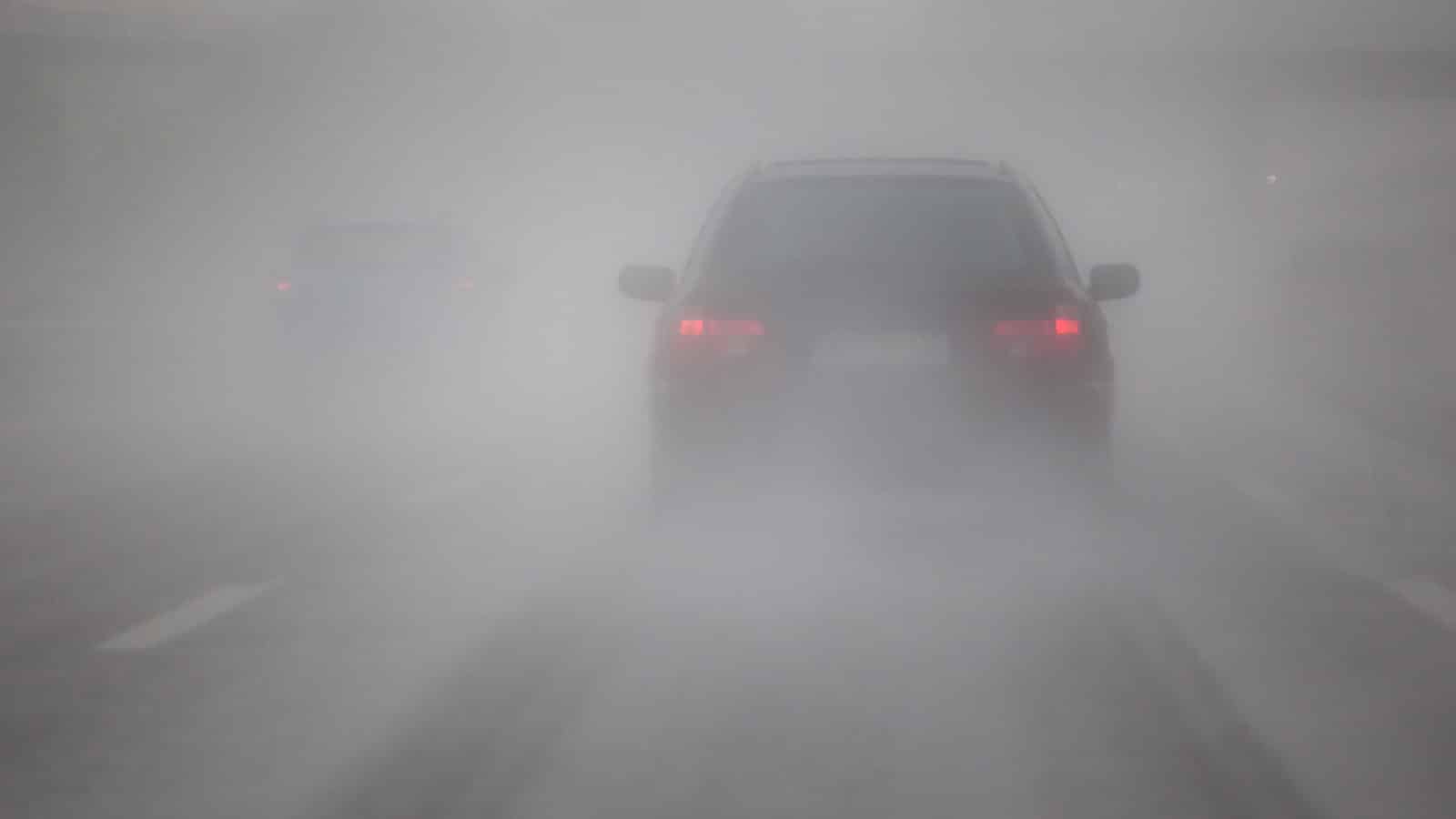
Driving in bad weather can be one of the most stressful and dangerous aspects of being on the road. Rain, snow, and fog all present unique challenges that can compromise visibility, traction, and control. Whether you’re a seasoned driver or a novice, understanding how to adapt your driving to various weather conditions is essential for staying safe. Here are key tips for handling rain, snow, and fog safely.
Driving in Rain
Rain is one of the most common weather conditions that affect driving. Even a light drizzle can reduce visibility and make the roads slippery.
- Slow Down: Wet roads can cause your tires to lose traction, especially at higher speeds. Reduce your speed and increase your following distance.
- Use Headlights: Turn on your headlights to improve visibility and ensure other drivers can see you.
- Avoid Standing Water: Driving through puddles can lead to hydroplaning or engine damage. If you can’t avoid a large puddle, drive through it slowly.
- Check Wipers and Tires: Make sure your windshield wipers are in good condition and your tires have adequate tread to handle wet conditions.
Driving in Snow
Snow and ice can significantly reduce traction and make stopping distances much longer. When driving in snowy conditions, extra caution is necessary.
- Drive Slowly and Smoothly: Sudden movements can lead to skidding. Accelerate, brake, and turn gradually.
- Increase Following Distance: Leave plenty of space between you and the vehicle ahead to allow for safe stopping.
- Use Snow Tires or Chains: In areas prone to heavy snowfall, snow tires or chains can greatly improve grip.
- Clear Snow and Ice: Before driving, clear all snow and ice from your windows, mirrors, lights, and roof.
- Avoid Cruise Control: Cruise control can be dangerous on slippery roads, as it may reduce your ability to react quickly.
Driving in Fog
Fog can dramatically reduce visibility, making it difficult to see other vehicles, road signs, and obstacles.
- Use Low Beams: High beams can reflect off the fog and reduce visibility even more. Use low beams or fog lights.
- Reduce Speed: Drive at a speed that allows you to stop safely within the distance you can see ahead.
- Increase Following Distance: Just like with rain and snow, extra distance gives you more time to react.
- Avoid Sudden Stops: Brake gently to avoid being rear-ended, and signal early when turning or changing lanes.
- Use Road Markings: Follow the painted road lines to stay in your lane and avoid drifting.
Conclusion
Driving in adverse weather conditions requires patience, caution, and preparedness. By adjusting your speed, increasing your following distance, and ensuring your vehicle is equipped for the conditions, you can greatly reduce your risk of accidents. Always stay informed about the weather before heading out, and if conditions are too severe, consider postponing your trip. Your safety and that of others on the road depend on smart, responsible driving—even when the weather doesn’t cooperate.